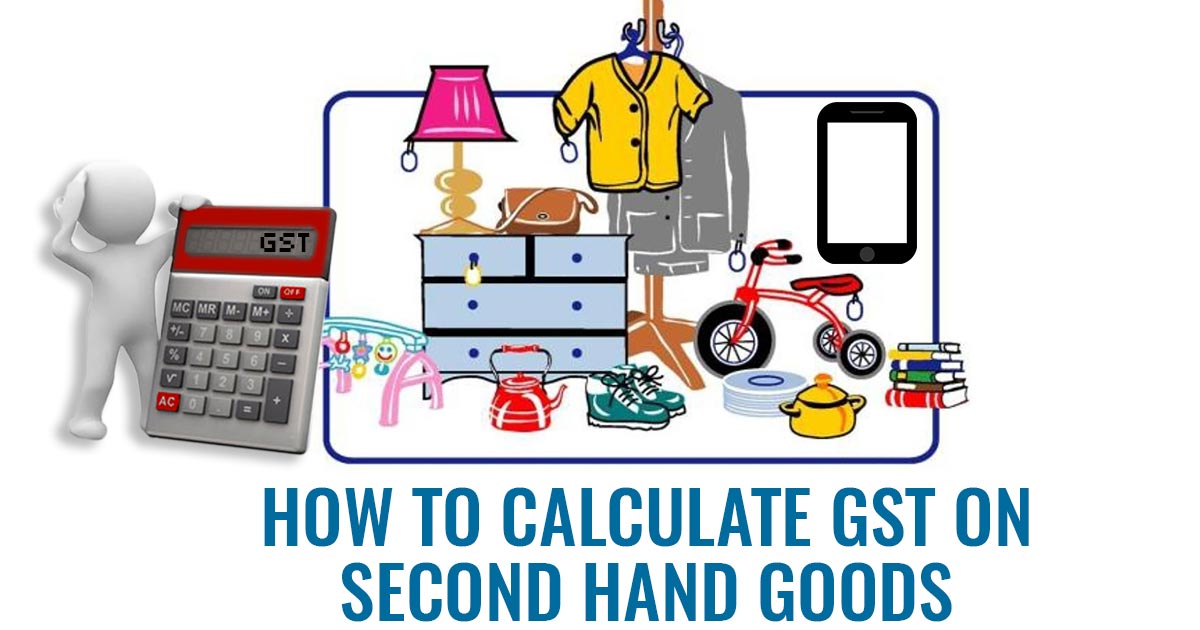
In India, when you sell used or second-hand goods, you don’t always have to pay GST on the full sale value. Under the Margin Scheme, GST is charged only on the profit (margin), that is, the difference between the selling price and the purchase price. This rule helps avoid double taxation (paying tax again on already-taxed goods).
It is easy to calculate GST on second-hand goods sale as in this article we have discussed all the legal and known provision for the sale of second-hand goods under GST. As everyone knows that in the 21st century, India has witnessed the rise of the middle class and consumerism in India.
From being a mixed economy state and guilty of practising crony capitalism for over five decades, the new India is finally emerging from the shadows of the past. A major driving force behind India’s dive into consumerism in the last few years has been the growing disposable income of the rising Indian Middle Class.
E-commerce and E-services have exploded over the last few years. Retail and transport services have had a complete makeover. Millions of Indians shop online every day.
The golden rule of a consumer-driven capitalist economy is: “People don’t just need things anymore, they want them”. The public enthusiasm for new products keeps growing. Driven by the same consumer hysteria, there is a large number of passionate Indian Consumers who are passionate about upcoming new cars, mobiles, and technology.
Such people can now sell their used products online as well as offline. Websites like eBay and OLX have made a successful business out of it. These bring us to the burning topic of today, i.e Margin Scheme in GST.
GST is a major step forward towards a digitally driven economy. Although still in its infancy, the GST promises structural tax reforms as well as transparent and scalable economic reforms. This article aims to explain the impact of GST on the growing second-hand goods market in India.
What is the Margin Scheme?
The Margin Scheme comes under Rule 32(5) of the CGST Rules, 2017. It is meant for dealers who buy and sell used goods like furniture, electronics, cars, etc.
Main Conditions on Margin Scheme
Who can use it: Only GST-registered dealers who trade in second-hand goods can use this scheme.
Condition of goods: The goods must be sold as they are or with only minor repairs that don’t change their nature.
- Example: Cleaning or polishing an old phone is fine
- But if a jeweller melts old gold jewellery to make new designs, this scheme cannot be used.
No Input Tax Credit (ITC): The dealer cannot claim ITC on the purchase of these goods.
Buying from unregistered persons (within the same state): If you buy used goods within your state from someone who is not registered under GST, you don’t have to pay GST under the Reverse Charge Mechanism (RCM).
But this does not apply to interstate (from another state) purchases.
How to Calculate GST
- Taxable Value = Selling Price – Purchase Price
- If you spend money on minor repairs, you can add those costs to the purchase price
- If the selling price is less than the purchase price, there is no GST (because the margin is negative)
- The GST rate is the same as that for new goods of the same type
- For example, if new phones have 18% GST, second-hand phones under the margin scheme also attract 18% (on the margin amount only)
Special Rules for Used Motor Vehicles
- The government has given lower GST rates for used cars sold under this scheme.
- From January 16, 2025, there is a proposal to apply a flat 18% GST rate on the margin for all second-hand cars, including electric vehicles.
- If a registered business sells its old company car (used as a fixed asset and depreciation claimed), then: Taxable Margin = Selling Price – Depreciated Value (as per income tax records).
When Individuals Sell Their Used Items
If a normal person (not GST registered) sells their old personal items (like a phone, TV, car, etc.), then no GST applies, because it is not a business activity.
When the Margin Scheme Does NOT Apply
If a dealer doesn’t choose the margin scheme:
- GST will be charged on the full sale value, not just the margin
- The dealer can then claim ITC on the purchase
The Calculation Example of Sale Under GST of Second-Hand Goods
Let us suppose there is a company XYZ Ltd. that deals in sales and purchase of second-hand phones. You buy two phones: iPhone 4S and Sony Xperia for Rs 20,000 and Rs. 13000 respectively. Let’s say at the first place XYZ had bought it for Rs 20,000 and Rs. 10,000 respectively. Hence XYZ is exempted from any GST for iPhone 4S as no profit was made on the sale. However, for the sale of Sony Xperia, XYZ will have to pay GST on the margin of Rs. 3,000/- (Rs 13,000 – Rs. 10,000) at applicable rates.
Exemption
A registered person under the Margin Scheme who pays taxes on the value of outward supply of such second-hand goods is exempted from making Intra-State supplies of second-hand goods by the Notification No. 10/2017-Central Tax (Rate), New Delhi (dated 28th June 2017).
In short:
- The Margin Scheme helps second-hand goods dealers pay GST only on their profit, not the whole sale amount.
- It encourages reuse and resale while keeping compliance simple.
Conclusion: GST and GSTN promise to be the backbone of the future Indian Digital Economy. The Margin Scheme under GST will not only be a boost for the upbeat and till now unregulated second-hand goods market. The margin scheme not only will help to increase tax compliance but also banish the impact of double taxation.